Curbside Consult with Dr. Jayne 8/13/12
When I originally applied to be a HIStalk sidekick, Mr. H and I discussed what I could potentially bring to the table. One of his ideas was for me to review and comment on articles from the physician point of view. I’ve done that from time to time, but this is the first time I’ve decided to completely dissect an article with the intent of defending physicians from bad information.
There is so much going on in healthcare today that it’s nearly impossible to keep up. According to the conversations in the physician’s lounge, many physicians (especially those in primary care) rely on a variety of blogs, newsletters, and trade journals to try to keep up. Who wants to read 800+ pages of Meaningful Use legislation and thousands of pages of commentary? Who wants to read the Supreme Court transcripts related to the Affordable Care Act? (OK, y’all know I did read it all, and I know some of you did too, but that’s beside the point.)
One of my favorite quickie journals for trying to keep up is Medical Economics. The July 25 edition had a couple of articles which I found mildly aggravating, as they grossly oversimplified the analysis needed to determine if a physician should enter into the business of running a moderate complexity laboratory as a means of increasing revenue. However, the article on the potential influx of millions of patients to our already dysfunctional health care system left me grinding my teeth. Physicians who aren’t well versed in the gory details of the legislation, the regulatory environment, and how health systems run are likely to take this kind of writing as fact rather than as the quasi-opinion piece it is.
You’re welcome to read for yourself, but I’m putting on my “Mythbusters” hard hat and safety goggles to start debunking.
Myth #1: Having health insurance is going to make people run to the doctor and undergo lots of tests and procedures. I don’t disagree that there are quite a lot of people who would certainly take advantage of new coverage, many of them with existing health needs. However, I know a great number of people who have really good health insurance (many are my co-workers, neighbors, and friends) who simply don’t go to the doctor. Even with fully-covered preventive visits (no co-pay) they don’t see a need to go. Some patients are afraid of physicians and others are instead afraid of the federal government tapping their personal and health information. Others prefer to spend their time and resources on unproven alternative treatments and distrust the medical establishment. I imagine the percentage of people falling into these categories may be quite similar among currently insured and yet-to-be-insured individuals.
Myth #2: We can’t grow the physician workforce. The article states: “The AAMC notes US medical schools have complied with requests to boost class sizes by 30% time [sic] over the past 6 years, but the overall supply of US physicians cannot expand unless Congress increases the number of federally funded residency training positions, a number that has been frozen since 1997. The AAMC is working hard to revisit this freeze… staying where we are will leave US medical school graduates without a training position.” Not exactly true (and questionable editing, but I digress). According to 2012 National Resident Matching Program data, nearly 5% of family medicine positions were unfilled. A large number of federally-funded residency positions were filled by foreign medical graduates – in family medicine, only 48% of the positions were filled with graduating seniors from US medical schools.
Saying there are no positions for US grads simply isn’t accurate. The problem is that the positions are in specialties where US grads don’t want to work, such as family medicine. Low pay, grueling hours, and constant insurance and regulatory hassles do nothing to draw prospective physicians. Imagine the marketing campaign: Do you want to drive a ten-year-old Honda Accord? Love those Dockers you wore during your medicine sub-internship? Want to be 50 years old and take extra shifts in the ER to send the kids you never see to college? Primary care is for you!
There are a number of other ways to increase the number of physicians in the work force. I’d like to know how many of those new medical school slots are being used by MD/JD, MD/PhD, MD/MBA, and other combined program students with no intention of ever practicing. My medical school alone has historically graduated up to 10% of students who never intend to pursue clinical care. Additionally, why in the world do we require qualified physicians who have been educated in other countries to pursue a residency in the US? I’ve worked with a number of highly competent physicians who were practicing physicians in other countries who have been forced to either repeat training or change specialties to practice in the US. Years ago, my family knew a highly skilled physician who had defected from the Soviet Navy and was working as a home health aide because he couldn’t obtain a training slot. If we really have a shortage, this doesn’t make sense.
Myth #3: It’s easy to add capacity to the system. I was truly angry after reading the article’s “8 ways to see more patients” sidebar. The author interviewed Michael D. Brown of Health Care Economics in Fishers, Indiana. “Brown believes that physicians can easily move from seeing six patients per hour to 10 by socializing less. Many physicians spend the first 80% of a visit chatting.” First of all, having spent more than a decade in the primary care trenches, even seeing six patients an hour and trying to deliver comprehensive, compassionate, quality care is a challenge. Add to that the need to deal with complex regulations, insurance snafus, and time-sucking EHRs and it’s enough to overwhelm even the hardiest of souls. Ten patients an hour in primary care? Patients have revolted at the notion of the six-minute HMO visit and unless they’re bionic or extraterrestrial, I really do not see the majority of the PCP workforce being able to achieve this.
I haven’t spent 80% of a visit chatting since I was in medical school. I frequently have to redirect patients to stay on topic to just get through the updates on their diabetes, heart disease, and obesity. They want to tell me about their children and grandchildren and their vacations, but that’s just not a reality any more. The old-time family doctor I hoped to be is an extinct species. I have to ask patients to pick their top three issues to talk about just to stay on time. Patients always come in with more concerns than they told the scheduler, and that’s my only way to survive. It’s certainly not what I signed up for, but it’s the nature of the beast, and I run a reasonably high patient volume with a highly interoperable EHR and a strong staff. However, if I run late, my patient satisfaction scores drop. Since that’s what partially drives my compensation (and keeps the parade of regional practice administrators off my back), it’s what I do to stay afloat.
Brown goes on to say, “You can’t spend 8 of the 10 minutes you have allotted for a patient on unrelated matters and stay on schedule.” That’s funny, because in the previous paragraph he only allowed us six minutes per patient. Brown also goes on to say physicians who can’t handle 10 patients per hour should add two more appointment slots to each day. “At $75 each, times 10 per week, doing so can increase earnings an additional $37,500 per year with no added overhead.” I’m not sure what kind of practice management consultant forgets that seeing patients involves staff (especially if you’re going to leverage medical assistants and mid-level providers as he also recommends) which certainly involves overhead. If you’re already optimized, you can’t just cram more slots on the schedule without adding staff capacity or more time to the day unless you cut corners.
I’d keep going with the Mythbusting, but it’s late and I’m on teaching rounds this month. I have to be at the hospital at the crack of dawn, and due to work hour restrictions, most of my residents and students will have had more sleep than I will. It’s always challenging to be on service, but there’s no better way to shape the future physician workforce.
Have a medical or health care IT myth you’d like busted? E-mail me.








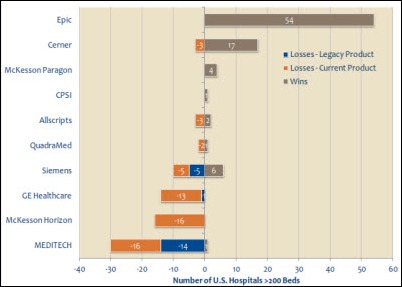















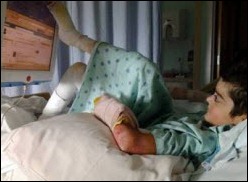











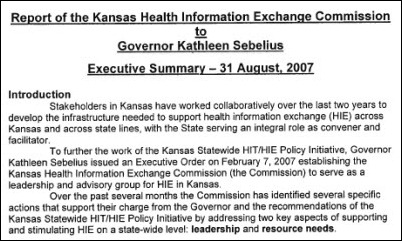








































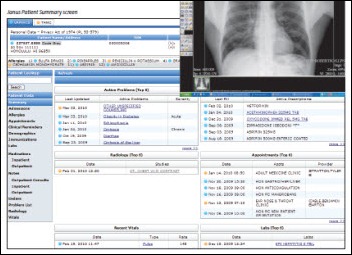















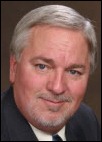
































"most people just go to Epic" that's a problem because then EPIC becomes a monopoly in healthcare, if it isn't…